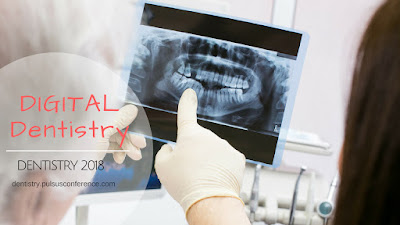GINGIVITIS
Gingivitis means inflammation of the gums, commonly occurs because a film of plaque, or bacteria, accumulates on the teeth.
Gingivitis is a non-destructive type of periodontal disease, but untreated gingivitis can progress to periodontitis in which the inflammation of the gums results in tissue destruction and bone resorption around the teeth. Periodontitis can ultimately lead to tooth loss.

Signs of gingivitis include red and puffy gums, that bleed easily when the person brushes their teeth, Bad breath and Swollen gums.
The most common cause of gingivitis is the accumulation of bacterial plaque between and around the teeth. The plaque triggers an immune response, which, in turn, can eventually lead to the destruction of gingival, or gum, tissue. It may also, eventually, lead to further complications, including the loss of teeth.
Dental plaque is a biofilm that accumulates naturally on the teeth. It is usually formed by colonizing bacteria that are trying to stick to the smooth surface of a tooth.
These bacteria might help protect the mouth from the colonization of harmful microorganisms, but dental plaque can also cause tooth decay, and periodontal problems such as gingivitis and chronic periodontitis, a gum infection.
Gingivitis is common, and anyone can develop it. Factors that can increase your risk of gingivitis include:
- Poor oral care habits
- Smoking or chewing tobacco
- Older age
- Dry mouth
- Poor nutrition, including vitamin C deficiency
- Dental restorations that don’t fit properly or crooked teeth that are difficult to clean
- Conditions that decrease immunity such as leukemia, HIV/AIDS or cancer treatment
- Certain drugs, such as phenytoin (Dilantin, Phenytek) for epileptic seizures, and some calcium channel blockers, used for angina, high blood pressure and other conditions
- Hormonal changes, such as those related to pregnancy, menstrual cycle or use of birth control pills
- Genetics
- Medical conditions such as certain viral and fungal infections
Prevention
- Good oral hygiene. That means brushing your teeth for two minutes at least twice daily — in the morning and before going to bed — and flossing at least once a day. Better yet, brush after every meal or snack or as your dentist recommends. Flossing before you brush allows you to clean away the loosened food particles and bacteria.
- Regular dental visits. See your dentist or dental hygienist regularly for cleanings, usually every six to 12 months. If you have risk factors that increase your chance of developing periodontitis — such as having dry mouth, taking certain medications or smoking — you may need professional cleaning more often. Annual dental X-rays can help identify diseases that are not seen by a visual dental examination and monitor for changes in your dental health.
- Good health practices. Practices such as healthy eating and managing blood sugar if you have diabetes also are important to maintain gum health.
Take care of your teeth
Dental News and Awareness – Medical News Today

Comments
Post a Comment